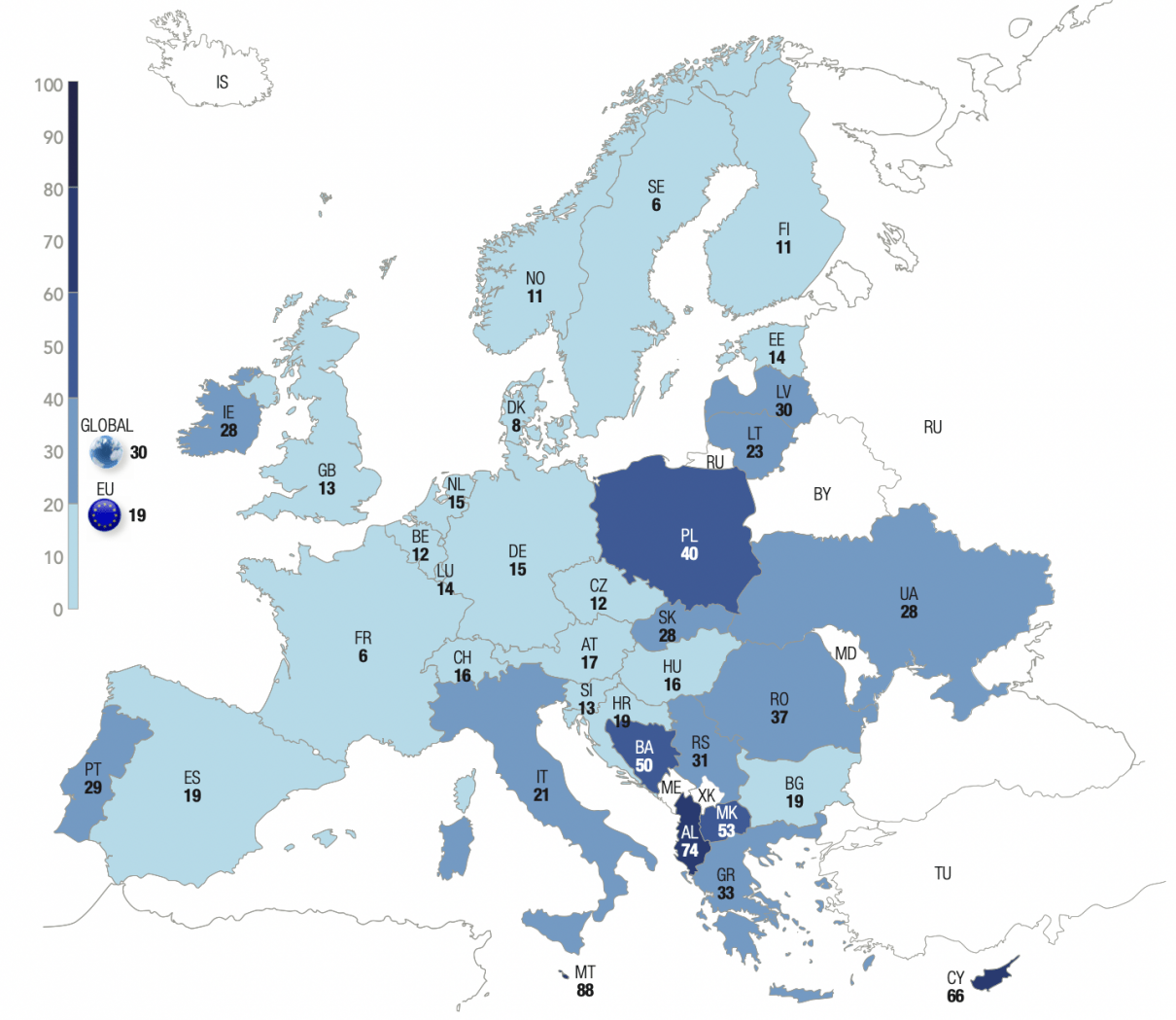

This is a moment, just like certain discrete moments during the first Gilded Age, to identify the unequal Americas proceeding in parallel, and demand an end to the social and economic distancing that has threatened the pursuit of happiness for the broader public.Ī FAMED ECONOMIC POLICY INSTITUTE chart shows that productivity and wages, which previously had a tight correlation, began to break away in 1979. We’ve all watched post-pandemic outcomes in real time, with no economic relief delivered to ordinary people for months while the rich ignore the pain. During the campaign, Joe Biden put forward decent ideas to pull the wealthy back to Earth, but recent history indicates such policies struggle when they come in contact with the political system.īut we cannot be content with cynical despair.
#PLUTOCRACY COUNTRIES 2020 HOW TO#
The biggest challenge of the next four years remains what was the biggest challenge of the past four decades: how to harness and tame organized money. Only ambitious policy buoyed by persistent organizing can begin to put the brakes on this runaway train. The self-protection has gone well beyond masks and face shields, as the elite retreated into opulent emergency shelters, for their families and their money. billionaires are nearly a trillion dollars richer than they were before the virus began. Key economic indicators correlated with wealthy people, like home sales and stock prices and even bidet sales, have skyrocketed. At the same time, employment for those in the bottom quarter of wage earners fell by 20 percent. By contrast, five months after the pandemic hit the U.S., high-wage employment had almost fully recovered, according to a data analysis from Opportunity Insights. But even in the 2008 financial crisis, the wealthy sustained some damage in stock and bond losses. The biggest challenge of the next four years remains what was the biggest challenge of the past four decades: how to harness and tame organized money.Įconomic crisis typically hits the poor the hardest, and the pandemic is no different. It’s reached the point where under the current system, no event, no matter how cataclysmic, can halt the gravitational pull of the mega-rich away from everyone else. Runaway inequality has created a greater divergence between aristocrats and a seemingly permanent underclass than at any time in American history. This is happening in the same country: desperate requests for food and shelter and multimillion-dollar mansion listings, sometimes within miles or blocks of one another. Now their feeling is they need to have a second home.” As Todd Bourgard of Douglas Elliman Real Estate told Bloomberg News, “At one point, everyone out here wanted to have a second home. Overall sales rose by 51 percent, the biggest increase in six years. Average prices jumped to $1.2 million in the third quarter of 2020, the highest figure ever reached, up 40 percent from the year before. They released a report showing a new record for home transaction prices in the tony residential locale of the Hamptons. On the same day as this announcement, real estate appraiser Miller Samuel and brokerage Douglas Elliman Real Estate spoke for another part of the country. Millions of families across the country can’t pay rent and many are facing eviction.” Census Bureau, about 10 percent of American adults reported they sometimes or often didn’t have enough to eat within the past week, and 179 million Americans are at risk of losing utilities services such as water, heat, and energy … Eight million more people have slipped into poverty since May. GoFundMe’s October 22 Medium announcement about this read more like an earnest white paper from a liberal think tank: “According to the U.S. Demand grew so much for other needs that GoFundMe announced a new fundraising category: Rent, Food, and Monthly Bills. From March 1 to August 31, just 3.2 percent of all donation campaigns went toward medical bills. By 2019, one-third of all donations on GoFundMe went toward health care costs, according to former CEO Rob Solomon.īut the pandemic created a new kind of precarity in America. The website had already become a de facto large insurance company, as hundreds of thousands of patients struggling with exorbitant medical bills started fundraising campaigns every year. By late October, the best grasp of America’s perilous economic situation was coming from GoFundMe, the internet’s largest donation platform.


 0 kommentar(er)
0 kommentar(er)
